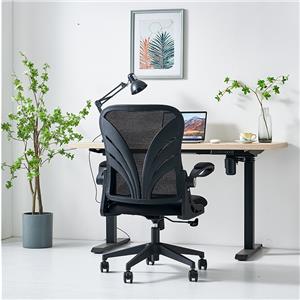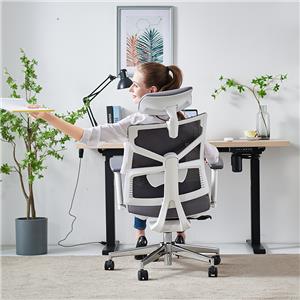What is an “ergonomic chair”?
Human beings have been designing office chairs for thousands of years to make office chairs comfortable and less prone to fatigue. There are many ideas and principles in chair design. Some can withstand scrutiny, while others tend to be the inventor's figments.
Briefly explain three key points:
1. Compared with the upright state of the spine, when the body is supported in the front and back to share the force (such as leaning back on the back of a chair or lying forward on a wooden board), the force on the spine will be less than in the standing position, so it will not be easy. fatigue. When leaning forward or backward without support, the muscles of the trunk will enter a state of fatigue very quickly because the trunk muscles need to be dynamically adjusted to maintain body balance. So the summary in one sentence is - sitting with a supported upper body will be more relaxed.
2. Static muscle exertion is prone to fatigue and strain, but it is much easier when there is mechanical assistance while exerting force. The excellent and rationally designed ergonomic chair back can assist the movement of the waist and abdominal muscle groups through automatic rebound and dynamic horizontal support characteristics. Through a mechanical assistance method similar to an exoskeleton, energy is introduced to help the waist muscles move and at the same time accelerate the veins. Reflux in order to take away metabolic products such as lactic acid. Helps relieve fatigue and lumbar muscle strain problems.
3. The backrest support point of the seat, that is, the support point on the sagittal plane of the spine, should be located near the iliosacral joint (basically our belt and the lower edge of the belt). This is the lower starting point of spinal mobility in the sitting posture. , where the support can maintain the biomechanical balance of the entire spine from the base. If the support point is above the middle of the lumbar spine (L3), the three forces of horizontal support, upper body weight, and spinal load-bearing are in a state of dynamic antagonism for a long time, making it difficult to maintain the balance of the sitting posture, accelerating strain, and easily causing spine-related problems.




